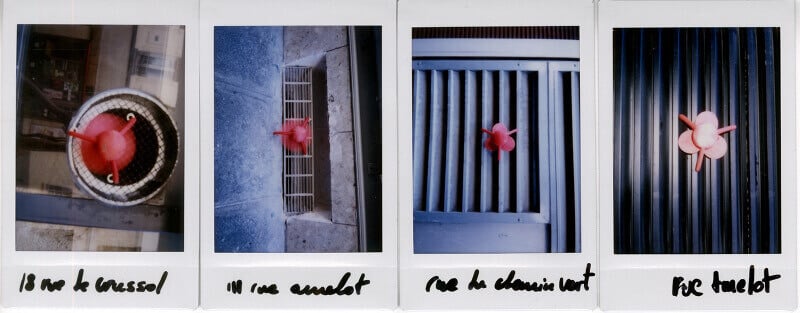A clever concept for renewable energy, the Raflesia is a 3D printed wind turbine you can attach to an air vent or fan to harvest power.
French design student Léo Sexer has developed a way to hack into existing urban wind sources for renewable energy — and it’s completely safe and legal, too!
The 3D printed “parasite”, dubbed the Raflesia, harvests power from the air expelled by subway grates and air conditioning units.
However, it can also be attached to your own air conditioning unit, balcony or fan. And it’s a harmless parasite because the system it’s attached to will always function properly.
Sexer’s design was prompted by a school project as part of his program at ENSCI (French national school for advanced studies in design).
The 24-year-old was challenged to rethink the concept of wind turbines, so he decided to focus on alerting the public to untapped energy resources within the city. He tells 3Ders.org:
“Rather than being interested in the object itself, I was interested in the issue of electricity, which like any resource, is highly coveted. I found several examples of power line hacks — it’s a fairly common practice in some countries where people illegally tap lines to avoid paying!”
Sexer was also inspired by an artist from New York, Michael Rakowitz. The 1998 project, ParaSITE, attached custom built inflatable shelters to the exterior outtake vents of a building’s HVAC system to inflate and heat the structure for homeless people.
How Does the Raflesia Work?
The Raflesia has magnetic legs which attach the device to metallic grids. It then collects the wind through an internal system of gears and motors.
Taken together, enough energy can be generated and stored to charge electronic devices with a USB connection.
Sexer estimates that with this handheld parasite you will be able to power any USB-connectable electronic device for up to 30 minutes, after the Raflesia has only been charged for 20 minutes.
The best part is that the turbine has been designed so that most of the pieces can be produced on a desktop 3D printer, including the propeller, legs, and internal parts for securing the propeller. Sexer used a MakerBot Replicator 2 to create his.
Once assembled, the Raflesia is then powered by an electronic system known as ‘boost’ that can charge batteries with up to 5V of power.
“I wanted the object to be as simple as possible,” he said. “It’s simple yet powerful.”
Although the final electronic system is still in development, the potential for this innovative device is that we begin to rethink our energy sources and consumption.
How do you feel about this parasite? Would you be tempted to build the Raflesia for yourself?
License: The text of "Raflesia: Hack the Airways with a 3D Printed Wind Turbine" by All3DP is licensed under a Creative Commons Attribution 4.0 International License.
